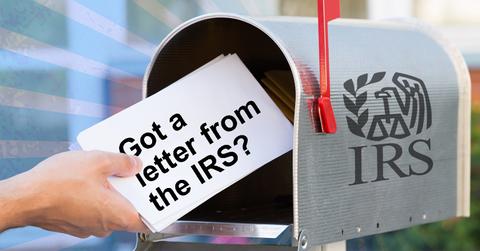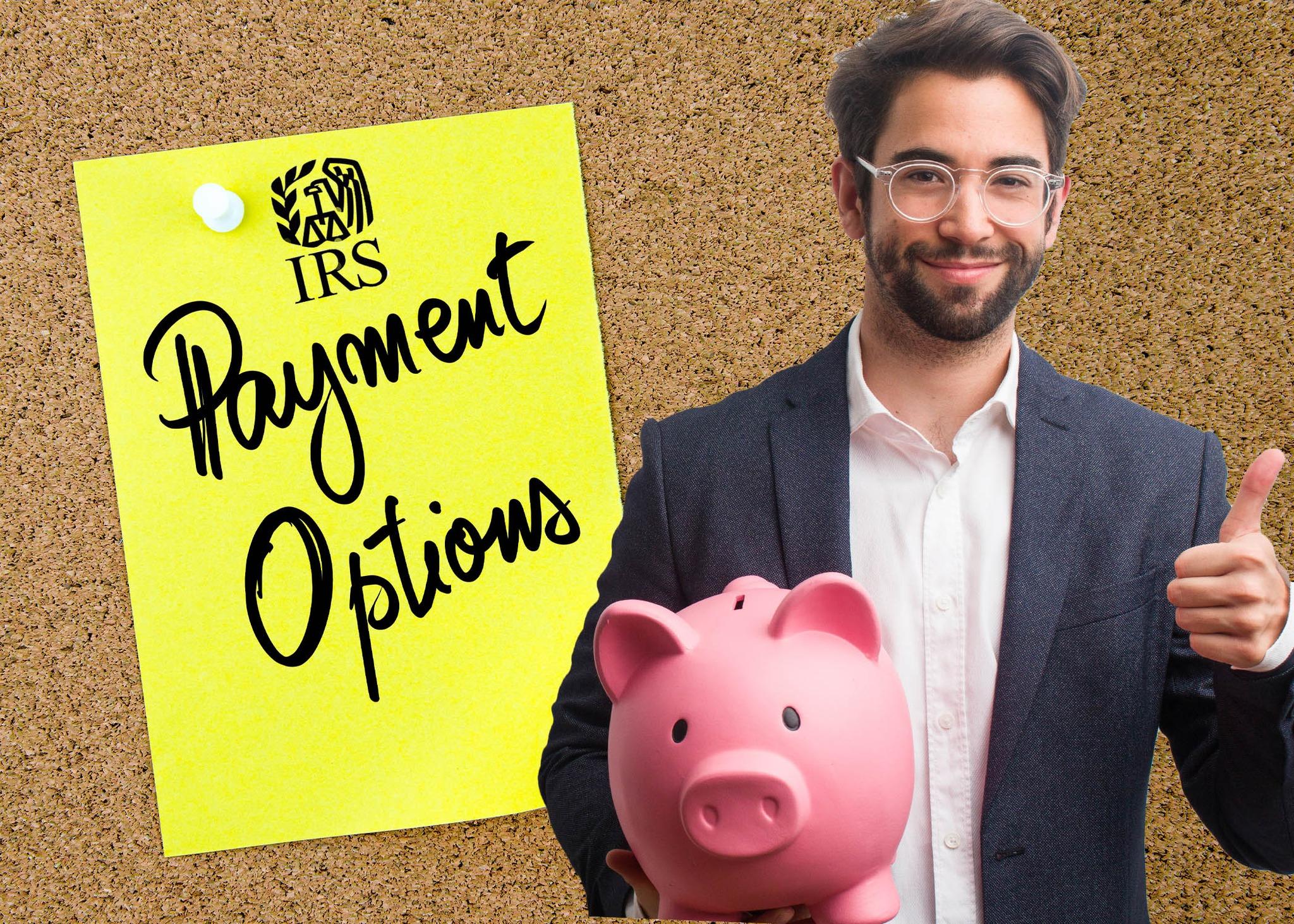How Does the IRS Determine the Underpayment Penalty on Taxes?
Failure to pay your taxes fully can get you in hot water. What's the penalty for underpaying taxes?
Jan. 31 2022, Published 5:13 a.m. ET

No one really likes paying taxes, let alone extra charges for underpaying them. What's the penalty for underpaying taxes, and how you can avoid it?
The U.S. taxation system is pay-as-you-go, meaning that people are required to pay income taxes as they receive their income during the year. For salaried people's income, part is withheld in taxes by their employer. Meanwhile, for income that isn't partially withheld (for example, earnings from self-employment, interest, dividends, rent, or alimony), estimated taxes need to be paid, and if it's underpaid, you might face a penalty.
How is the underpayment penalty calculated?
If you owe a penalty, the IRS sends you a notice. The penalty varies depending on the amount underpaid, the period during which the taxes were underpaid, and the interest rate for underpayments. The IRS also charges interest on penalties. The date from which it begins to charge interest also varies, and the interest increases until you pay your balance in full. Generally, underpayment penalties are around 0.5 percent of the underpaid amount and capped at 25 percent.

How to avoid underpayment tax penalties
To avoid underpayment penalties, pay at least 90 percent of the tax for the current year or 100 percent of the tax shown on the return for the prior year, whichever is smaller. The penalty may also be avoided if you owe less than $1,000 in tax after subtracting your withholding and refundable credits, but the rules vary for farmers and fishermen, certain household employers, and certain higher-income taxpayers.
Additionally, you should make estimated tax payments in four equal amounts, as the underpayment penalty may also be levied if you make uneven payments during the tax year that result in a net underpayment. You can use Form 2210, Underpayment of Estimated Tax by Individuals, Estates, and Trusts to see if you owe a penalty for underpaying your estimated tax.
How can you get your underpayment penalty waived?
There are instances where the IRS can waive the underpayment penalty. These instances include:
- You didn't make the payment a required payment because of a casualty event, disaster, or other unusual circumstance and it would be inequitable to impose the penalty.
- You retired after reaching age 62 or became disabled during the tax year or in the preceding tax year for which you should have made estimated payments, and the underpayment was due to reasonable cause and not willful neglect.
Disputing a penalty
There are also instances when you could dispute the penalty if the IRS imposed it after you relied on incorrect written advice the agency gave you. The following criteria would apply:
- The written advice IRS gave you was in direct response to your written request for advice.
- The incorrect written advice was not the result of material omissions or misinformation in your written request for advice.
- You reasonably relied on IRS’s written advice and were penalized based on that advice.
